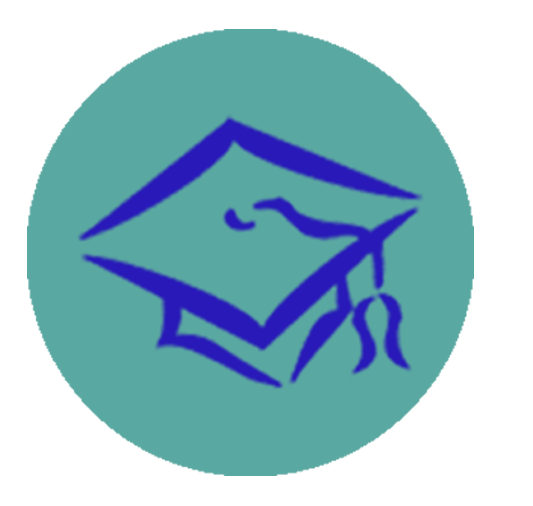Over the last 20 years, I have noticed that many students with learning disabilities are not diagnosed during their K-12th years, but are receiving undocumented, unofficial accommodations — only to enter college totally unprepared for what awaits them — unaware of their need for accommodations — unaware of the types of technology that could support their academic support and quality of life — not even knowing how to talk about their learning disability. This situation should never happen to a student.
Below are notes taken from a recent webinar with NCCSD and CAST highlighting some of the wonderful tools now available to students who have a wide range of learning needs.
Big Picture
Accessibility = foundation of learning, not optional.
AT and accommodations = tools for equal access, not advantages.
Parents help by normalizing tools and building self-advocacy.
What Accessibility Means
Equal access so students can fully participate.
Goes beyond compliance: built on Universal Design for Learning (UDL) → multiple, flexible ways to learn and show understanding.
Options must always be accessible.
Rights & Responsibilities in College
K–12: IEP/504 under IDEA.
College: ADA/Section 504 (civil rights).
Students must:
Register with Disability Services.
Request accommodations themselves.
Accommodations = rights, not favors. Students can choose when/where to use them.
Parents can role-play conversations and encourage independence.
Examples of Assistive Technology
Reading/vision: Text-to-speech, Kurzweil, screen readers (JAWS, NVDA), flexible fonts.
Hearing: Captioning (real-time or automated), listening devices, visual/vibrating alerts.
Writing/notes: Dragon, Microsoft Dictate, Read&Write, Glean, Otter.ai, Livescribe pen, OneNote/Evernote.
Built-in features: Microsoft, Apple VoiceOver, ChromeVox.
Communication: AAC devices, braille displays, eye-gaze systems.
Tip: Try tools early — some fit better than others.
Resources for Print Disabilities
Bookshare – free for students; large digital library.
Learning Ally – strong K–12 & college use.
NLS – free books, magazines.
APH – K–12 materials, some college overlap.
Use multiple sources; persistence pays off.
Accessible vs. Assistive Tech
Accessible: for everyone (captions, fonts).
Assistive: individualized tools (screen readers, Kurzweil).
Both together = full participation.
Emotional Side
Transition can be tough: some students have no AT experience or late diagnoses.
Parents: normalize tools, remind fairness = equal opportunity, not identical treatment.
Beyond College Disability Services
Vocational Rehab – may fund books, tech, tuition if linked to work goals.
Centers for Independent Living – advocacy & support.
JAN – guides employment accommodations.
Parent Takeaways
Explore AT/print resources early (Bookshare, Learning Ally, etc.).
Normalize tools — like eyeglasses for learning.
Support independence — registration and advocacy are student responsibilities.
Encourage a “tool backpack” — multiple options help in school and future work.
Community matters — sharing resources strengthens access.
Closing Reflection
“Accessible makes things easier. Assistive makes things possible.”
Using accommodations = not cheating.
Tools level the playing field.
Success comes when students:
Learn tools,
Practice self-advocacy,
See themselves in a supportive community.
Resources: CAST (UDL), NCCSD (federal support).

